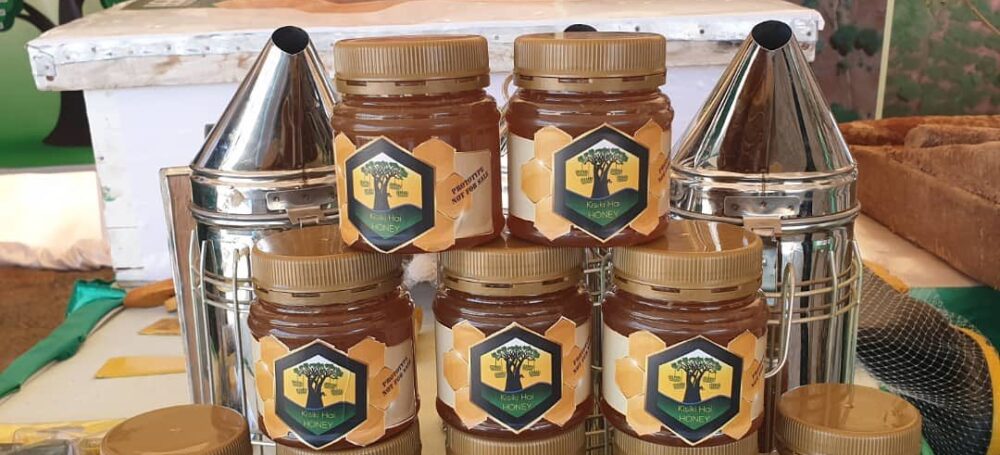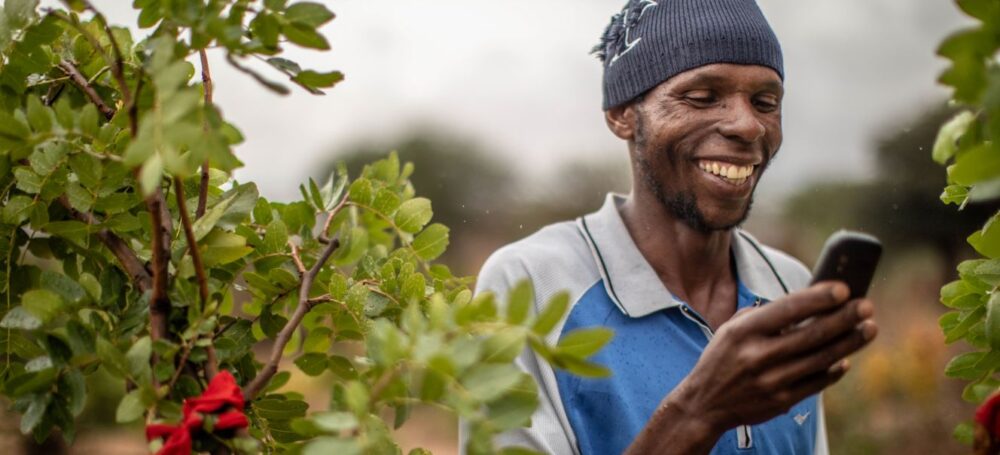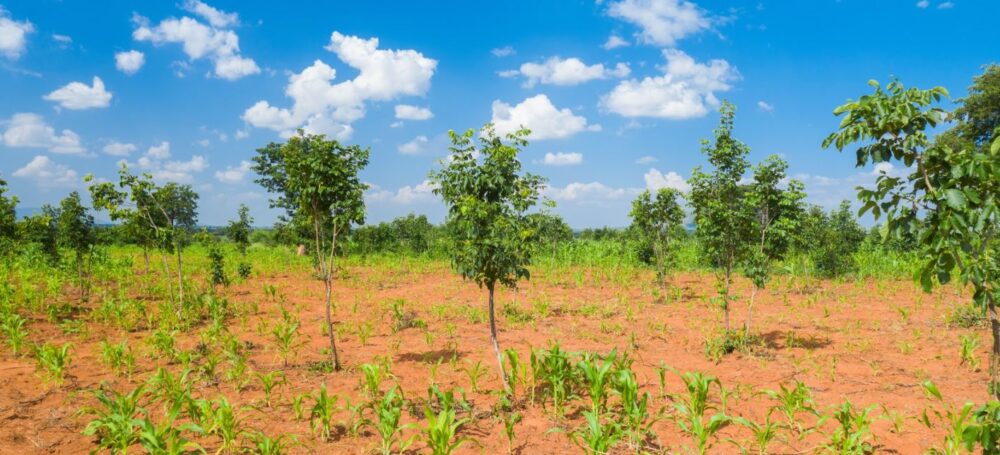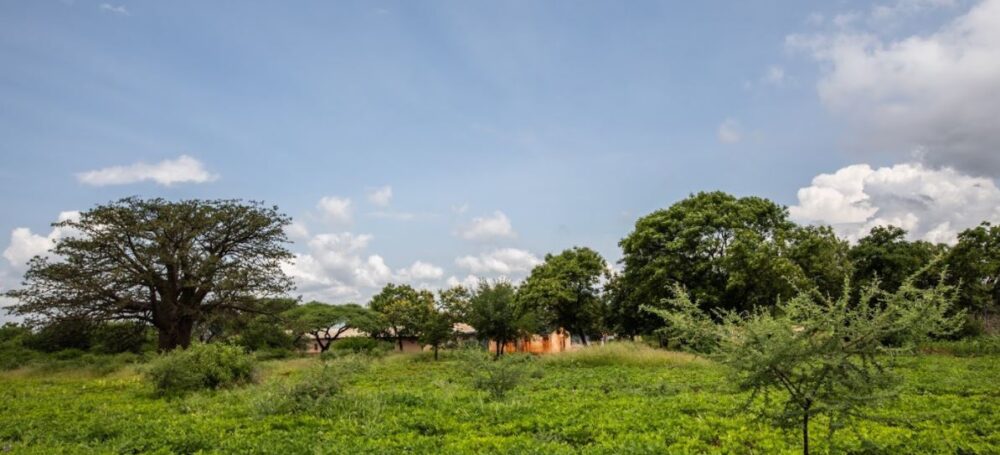In 2019 we started The Kiboriani Mountain range Reforestation and Beekeeping Project aiming at improving people’s livelihoods and climate change resilience through restoration of farm and pastoral land, and scaling up forest friendly economic activities, in particular beekeeping which would encourage conserving Kiboriani forests.
We distributed over 300 beehives to best performing farmers in Kisiki Hai. Two years later, we are happy to see that our vision is been fulfilled, farmers have started to harvest honey from the beehives, this plays
An update on our PMNR project in Monduli, the first vegetation has broken through after a change in the landscape! The half moon bunds and the rains have caused the change. The lost jungle is about to resurrect 🌿
Three months ago we dug 5,000 bunds in Monduli district Arusha.These water bunds help to harvest rainwater which will allow pastoralists in monduli inhabiting the most degraded landscapes to restore their pastures lands and farm soils. This will have a positive effect
To spread the word about regreening among farmers and pastoralists, together with Justdiggit ,KAIOS and Tigo we started a pilot to test the success of regreening via a Regreen App that works on a smart feature phone. Our new Regreen App now provides 300 farmers with knowledge on Kisiki Hai regreening technique and supports them in applying this technique through tutorials, radio programs, success stories and dramas.
With affordable KaiOS enabled devices we are able to connect farmers in rural Dodoma Tanzania
Can you spot the huge number of young Kisiki Hai trees? In few years to come these young trees will grow into a forest. Well about 3 years ago we started training farmers in Dodoma, Tanzania how to restore trees through Kisiki Hai / FMNR so that they can restore their tree cover, which leads to improved soil fertility, more crops, better animal fodder, increased firewood availability, more income and ultimately, a better quality life. We are so happy to see
Trees and grasses are the natural cooling agents of surrounding temperatures. This heatmap shows the result young Kisiki Hai trees from our Regreening Dodoma program, Tanzania
Trees can have a considerable effect on climate. There are several ways in which a tree can cool down the temperature of the earth’s atmosphere
Through the process of photosynthesis, plants use energy from the sun to draw down carbon dioxide from the atmosphere and then use it to create the carbohydrates they need to
Kisiki Hai/FMNR is faster in terms of tree growth, (even in semi-arid areas, trees could reach 1-2 meters in year one, and 3 meters+ by year two). This is because most FMNR trees are growing from mature living tree stumps with well established root systems, which can access soil moisture and nutrients, which can draw on stored energy reserves.
Below is a before and after photo and footage from a timelapse camera from one of our re-greening sites.
Kisiki Hai tree
Happy moments for farmers in Dodoma in this harvesting period. One of the benefits of Kisiki Hai/FMNR is increase of farm yield. Agroforestry is the best way to improve our land productivity, and the best link between environment and economy. The right tree, in the right place, for the right purpose. Together with Justdiggit and farmers we find this extremely effective!
FMNR offers a promising low-cost & profitable strategy for regreeening. A policy brief by ELD Initiative reveals that within only 5 yrs of implementation,







